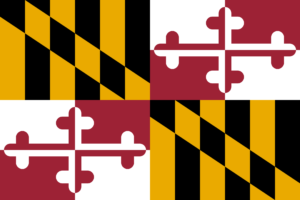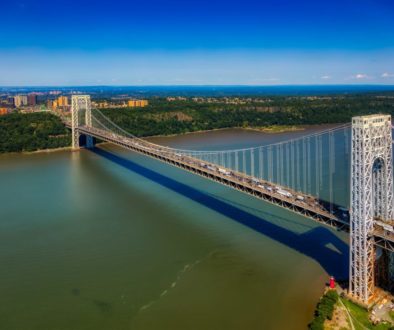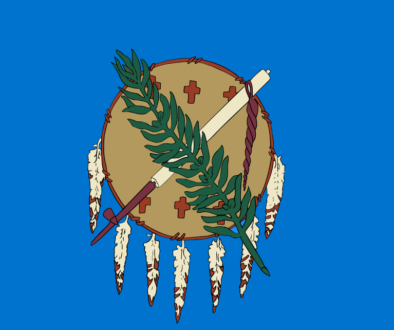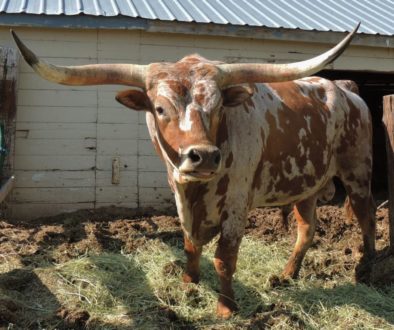Maryland
History: Native Americans speaking the Algonquian language lived in Maryland before the arrival of Europeans. European exploration began with the Venetian John Cabot, who sailed along the Maryland coast in 1498. George Calvert (Lord Baltimore) was granted a royal charter to establish the colony of Maryland in 1634. It became one of the 13 original British colonies and supported the American Revolution. Maryland became the seventh state by ratifying the U.S. Constitution on April 28, 1788. President George Washington selected land in Maryland (which Maryland donated) for the creation of the new national capital of Washington, D. C. in 1791.
Economy: Maryland benefits significantly from being so close to the federal government in Washington, D.C. Because of this, there are lots of technical, administrative jobs in the defense and aerospace industry. Maryland has a variety of manufacturing of electronics, computer equipment, and chemicals. They have a large food-production area, another large region of commercial fishing, and tourism for sportsmen. Maryland is also a major center for life sciences research and development, with more than 400 biotechnology companies.
Climate: Due to so much variance in elevation, being close to water, and downslope winds providing protection from colder weather, Maryland has a several different types of climates. The low-lying eastern half has a humid subtropical climate (hot, humid summers and a short, mild to cool winter), while the higher western half has a humid continental climate. The entire state receives a great deal of precipitation, with about 35 to 45 inches of rainfall yearly. Snowfall annually can vary from 9 inches on the coast to over 100 inches yearly in the western mountains of the state.
Geography: Maryland has been called “America in Miniature” because it has a little bit of lots of different kinds of topographical (land surfaces) regions. In the east, there are sandy dunes with seagrass, low marshlands and large bald cypress near the Chesapeake Bay. In the Piedmont Region there are rolling oak forests. It has significant lakes, rivers, and is surrounded by the Appalachian Mountains in Garrett County. The Eastern Shore peninsula is a different region altogether.
Fun Facts:
- Annapolis once served as the capital of the United States; it was well known as the “Athens of America”.
- The only railroad bridge made of both cast iron and wrought iron in the world is the Bollman Truss Railroad Bridge in Savage.
- Maryland is the national leader in the production of blue crabs and soft clams.
- Close to 70% of Maryland’s 23 counties border on tidal water.
- In 1845 the U.S. Naval Academy was founded at Annapolis.
- Our national anthem, ‘the Star-Spangled Banner’, describes the British attack on Ft. McHenry near Baltimore during the War of 1812.
Points of Interest:
- The National Aquarium in Baltimore
- Baltimore Inner Harbor
- Fort McHenry National Monument and Historical Museum
- The Awakening Sculpture at National Harbor
- Antietam National Battlefield near Sharpsburg
- Camden Yards Baseball Stadium
Six additional sites to visit for more information:
www.ducksters.com/maryland_history
kids.nationalgeographic.com/Maryland




